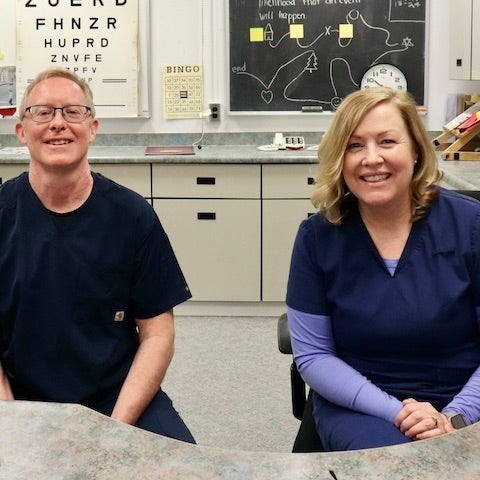What are assistive technologies and aids for low vision?
An individual with low vision has reduced visual function that cannot be corrected with standard glasses or surgery and impairs their performance in visual activities. People with low vision may choose to use assistive technology and other low vision aids, which can help them to maintain or increase their independence in their everyday lives.
Assistive technology and devices for low vision can take the form of software, magnified video-based devices, smart technology or low-tech optical aids such as specialized glasses and magnifiers. There are also non-optical low vision aids such as large print watches, bold line paper and bump dots. Each person with low vision is different and once a suitable aid is determined for the individual's type and extent of visual impairment, the aids that work best for them can be a matter of personal preference.
Learn more from Heidi Panchaud and Dave Johnston.
